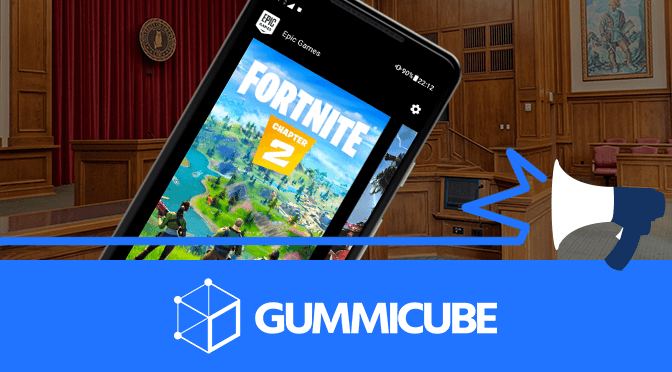Tips for Marketing Your AR and VR App
March 8th, 2018


by David Quinn
VP of Strategy & Partnerships at Gummicube, Inc.
The number of Virtual Reality and Augmented Reality apps available on Google Play and the Apple App Store is growing fast, and saw an increase of over 200% in 2016 alone. Still, when compared to other app categories, AR and VR are still in their infancy. With GDC 2018 closing in on us in less than two weeks, developers are scrambling to make last minute optimizations to their apps, and also come up with unique ways to stand out both on the show floor and in the app stores. Traditional mobile app marketing may not be enough, however, so developers are looking to new and innovative ways to market their AR or VR apps. Here are four ways to help market a Virtual Reality or Augmented Reality app, both online and in person.
1. Always Start with ASO Best Practices
You can’t talk about marketing an app without talking about App Store Optimization. However, since AR and VR apps are already unique, it means you need to think even further outside of the box. Making sure your title, icon, screenshots and preview video are all aimed towards an AR/VR audience is key. Your title is one of the most important elements, since there are no explicit categories on the app stores for AR or VR. Including specific keywords, such as “Virtual Reality,” or the more commonly known abbreviation “VR,” in your title will help users find your app. Your icon should also include imagery that clearly reflects the nature of the app. Including an image of a VR helmet or the letters “AR” are great ways to help your app stand out as users scroll past. Your screenshots and preview video are going to be especially important, as they can showcase the uniqueness of your app. Making sure your screenshots call out important unique features that cater to AR or VR should be your priority, and your preview video should demo exactly what the in-app experience is like. Take a look at other apps on the app store for great examples of how this can be done.
2. Tell A Story
When you’re marketing your app, whether it’s in a blog post, app description or meeting face-to-face with your intended audience, create a story around the experience. Be sure to be honest and transparent about your app and brand so potential users will pay more attention to the app. The narrative you create doesn’t necessarily have to revolve around the app’s features, but can rather focus on what drove you to create the app and the passion behind it. This may seem counterintuitive, as you’re not directly talking about the features, but this will drive interest nonetheless.
3. Utilize New 360
° Technologies
The wonderful thing about AR and VR is it no longer requires a special device to understand what a user is seeing. Creating a 360° video and posting it on your website or YouTube means you can share it across social media and allow potential users to understand what your app is about without even having to download anything. Users who view this video on their phones can use their gyroscope to move the video, while users on a computer can click and swipe for a similar effect. You can even use apps like Periscope for a live demo so users can interact with the video!
4. Connecting with Deep Linking
Deep linking is providing users with a link that takes them directly to a specific part of an app, or to the product page on either the App Store or Google Play Store if they haven’t downloaded the app yet. This can be a great way to offer special content only available to those who show up in person or are offered the link online. If you’re looking for a great way to promote your app during GDC (or any other convention) you can combine deep linking with QR and display the code right at your booth! Doing so will draw foot traffic to the booth as well as users to the app, creating buzz that will help your app grow. This is a great time to consider Augmented Reality or Virtual Reality, since the market is so new. If you already have a VR or AR app, it’s also a great time to get creative with how you market it. Optimize the app’s metadata, tell a story, provide an experience and remember to always think about your user first – if you do, your app will be able to reach a wider audience and help the field grow.
This post is part of our Blog Series on Gaming and
GDC 2018. Click the link to see
other posts in the series!
Similar Articles

Posted on August 15th, 2020
Every time a user makes an in-app purchase or buys an app from the App Store or Play Store, Apple or Google takes a portion of the revenue. This App Store Tax has caused complaints for some developers, but with Apple and Google in the middle of antitrust hearings, tensions are continuing to grow.

Posted on August 8th, 2020
Apple has a strict set of App Store Guidelines that developers must follow in order to avoid being removed. Recently, it was announced that the guidelines will prevent developers from selling cloud gaming apps on the App Store. This could have an impact on app marketing, development and App Store Optimization.

Posted on July 7th, 2020
Apple Arcade, the App Store’s subscription game service, provides users with unlimited access to over 100 games for the price of $4.99 a month. Yet Apple can afford to be choosy, as it's cancelling several Arcade game contracts in the company’s effort to maintain subscribers.





